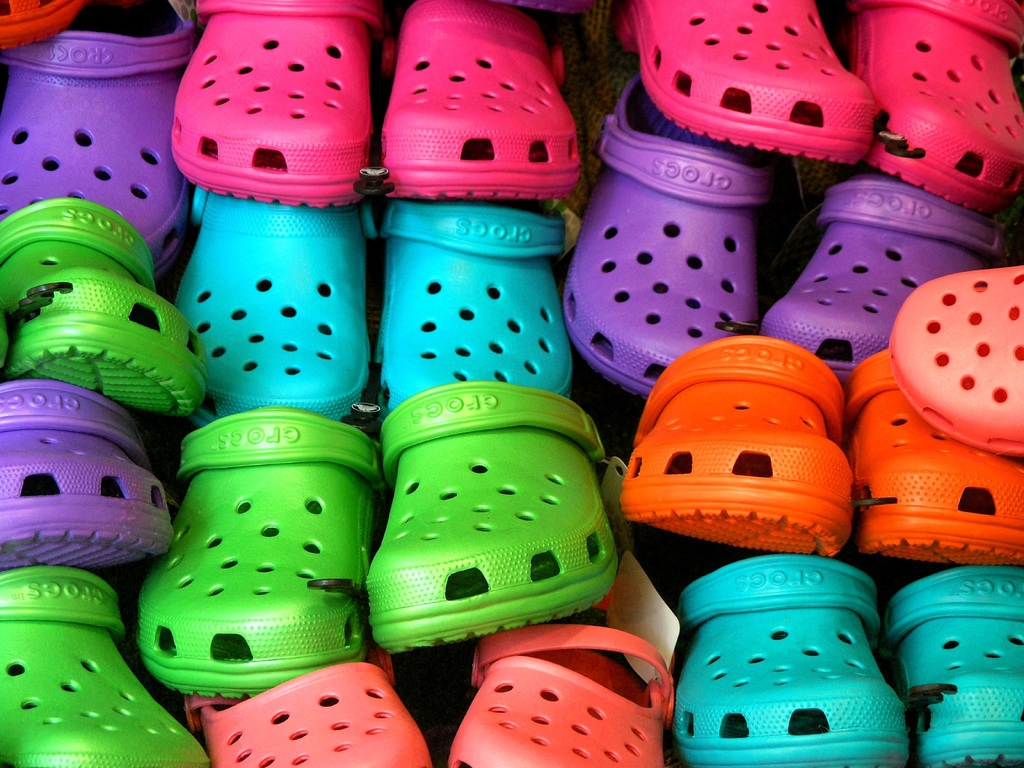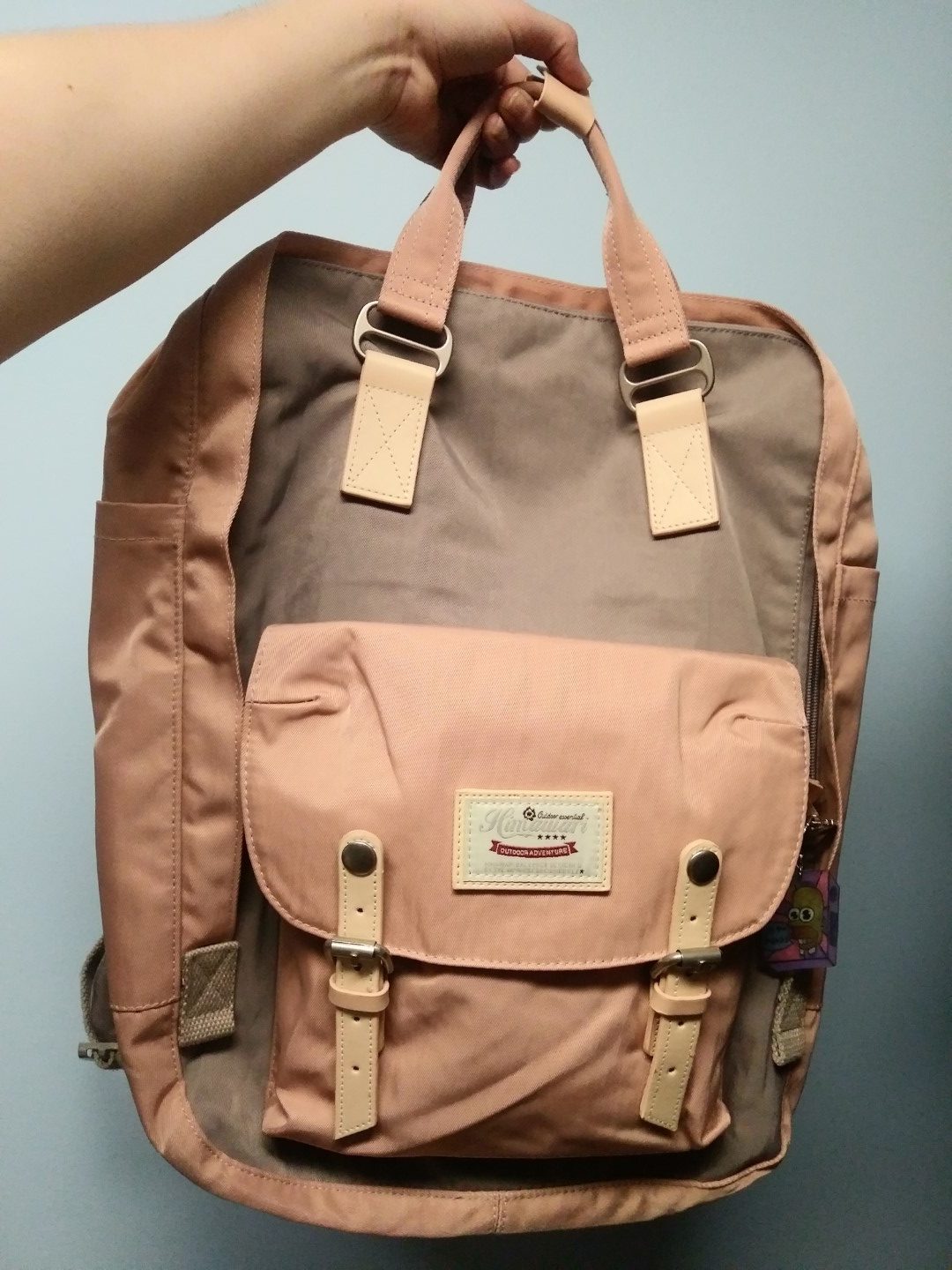
When it’s important, and when you can probably avoid it.
By Brittney MacDonald, Life & Style Editor
Buying organic can be confusing; I mean, how do you know if it’s even worth paying all that extra cost? Sure, many people say it’s healthier, but that doesn’t necessarily mean that it is. As we all know, sometimes people are just as full of shit as the gardens they’re advocating. Lucky for all of us non-health nuts who are looking to help the environment, or to just be a bit nicer to our bodies, there are two lists that tell us the do’s and don’ts of organic shopping. They’re called the Clean 15and the Dirty Dozen.
According to davidsuzuki.com, the Dirty Dozenand Clean 15 are lists of fruits and vegetables “…that are the most and least contaminated by pesticide use, according to the Environmental Working Group [an organization devoted to the promotion and education of healthy living].”
This is important, because pesticides are notoriously bad for the environment, and are responsible for some of the worst health problems—they’ve been linked to various forms of cancer, metal poisoning, tumors, respiratory issues, and the list goes on.
I’d like to point out that these two lists are just guides; they’re not intended to make you afraid of purchasing certain fruits and vegetables, or consuming them. They are just meant to better inform you about when it matters to buy organic, and when you can probably get away with saving your pocket change.
So without further ado, the Dirty Dozen (in order of most to least contaminated) are:
Apples
Celery
Sweet bell peppers
Peaches
Strawberries
Nectarines
Grapes
Spinach
Lettuce
Cucumbers
Blueberries
Potatoes
If you’ve noticed a pattern, then you’re probably very, very smart. Pesticide tends to be used more on aromatic fruits, because the sweet smell will attract insects who can ruin the crop. It also tends to be used on fruits and vegetables that we don’t peel. Any fruit or veggie skin that we can consume, an insect can as well.
That may or may not have been a hint at what the Clean 15 list contains. In order of least contaminated to most (relatively speaking, nothing on this list is in particular danger of contamination), the Clean 15 are:
Onions
Sweet Corn
Pineapples
Avocado
Cabbage
Sweet peas
Asparagus
Mangoes
Eggplant
Kiwi
Cantaloupe
Sweet potatoes
Grapefruit
Watermelon
Mushrooms
Fruits and veggies that have hard skins usually tend to be safe from contamination. Not only because insects have a hard time getting into them, but also because a hard shell will prevent any pesticide from reaching the part of the fruit or vegetable you actually eat. And, like the Dirty Dozen, smell is also a major factor. Insects are just as receptive to smell as we are, perhaps even more so. This means that if the raw form of a fruit or vegetable has an offensive smell, like onions, or no smell at all, like mushrooms, insects will avoid it. No insects, no reason for pesticide.

